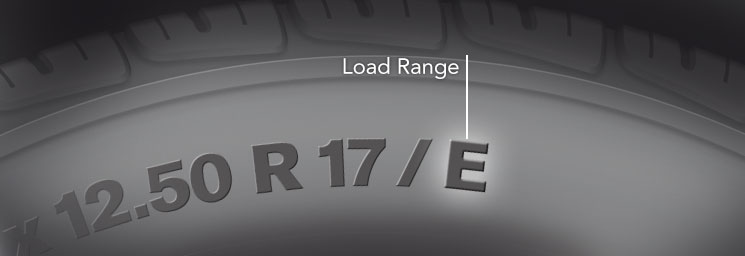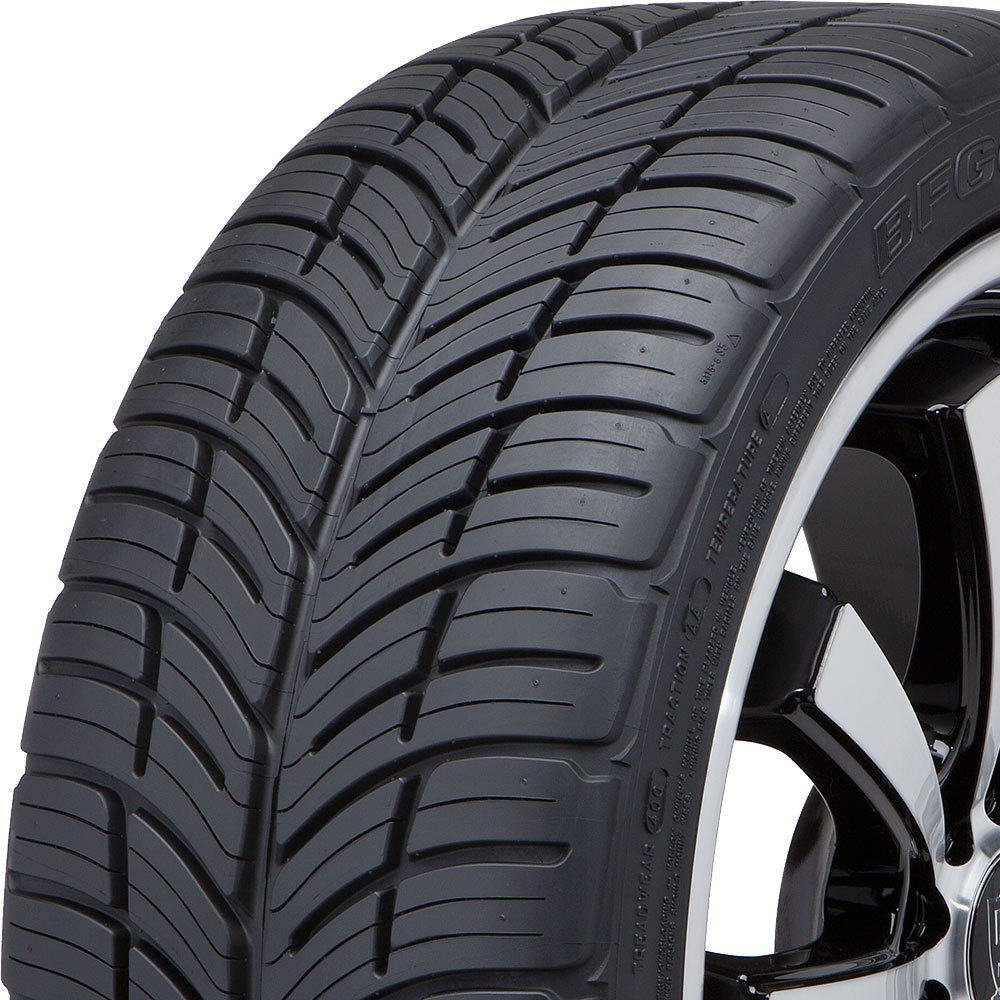When you are on the tire market or want to alter the size of the tire, or move from one form of the tire to another, the load range, what it is and how to identify it- these things are so crucial to consider, so that you can install the right tires to fit the intended use of your car.
The sidewall of the tire has letters that equate to the “scale of tire load.” Traditionally it was referred to as the “tire ply rating.” The tire load range and ply rating correspond directly to how much load your tire can carry at the maximum allowable pressure of air. The higher the load range of the tire, the weightier load the tire can support.

The tire and the air – who was the first to come?
Before you go into what the range for tire loads is and what it entails for you and your car, it is necessary to realize the next thing – it’s not so much the tire that supports the weight of your vehicle, of your body, and your stuff. It is precisely the air inside the tire.
Still and all, you would require more air to carry the weighty load, which your current tires cannot support. Perhaps, you will take the load that surpasses the maximum load recommendations for your tires, according to the standards of the automobile industry. Consequently, the bigger tires with a higher plying rating will accommodate more air and thus carry larger loads.
The range of tire load and ratings of tire ply – what is the difference between them?
You can hear the words “tire load range” and “tire ply ranking” used together – the first one is termed by letter, the second one is termed by numbers. In reality, these words have come from vastly different historical periods, which fundamentally mean the same thing. The load range and ply ratings are also used to identify load and limits of inflation for any tire that is given.
The historical word “ply rating” dates back to the period when the bias-ply tires were made of cotton cloth layer by layer – yes, you read correctly – they were made of cotton. The ply rating determined how many layers or plies of cotton had been used in constructing the tire. The number of cotton plies found out the strength of the tire.
The tire plies are not made of cotton anymore in today’s industrial world. Nowadays the tires are manufactured of smaller yet much better plies. That is why the word “ply” no longer applies to the total amount of plies. Instead, the ply designation suggests a similar power that is compared to early bias ply tires made of cotton.
If you see the ply rating and load range on the chart, both terms mean the maximum of the tire’s load-carrying ability at maximum allowable pressure of air.
What load range must the vehicle have?
Everyone rides the tires that are specially designed for the weight of your car, whether you drive a standard passenger vehicle, light truck, or even large truck. Every set of tires has its unique collection of the load range. There are the details you need to determine the load range for tires right there on the sidewall. Usually, it is located after the size of the tire, right in the middle of the tire service description. For example, on the tire, we have such a combination – 92HXL. The letter X denotes the load range.
The passenger tires regularly vary from 2 to 4-ply tires and have one of three load ranges — standard load, light load, and additional or reinforced load. The standard load range is the most spread, as its name shows it. If you look at the labels on your tires, you might admit that if the tires have either no letters or an “SL” (it means the sequence of letters and numbers) on your sidewalls, the set of your tires is made in the standard load range. If they are labeled with “LL” in their description of the sidewall, their set of tires are in the light load range. And the last thing, whether the tires have an “XL” or an “RF” in their names, means they are made in an extra or reinforced load range.
You are likely to be powered by tires that are labeled with an “LT” while you drive a light truck. Again, we recommend looking at the tires and finding the sidewall descriptions to know the load range of the tires. The light truck’s tires usually have B, C, D, E, or F load ranges—all of them match the next ply ratings — 4-ply rated, 6-ply rated, 8-ply rated, 10-ply rated, or 12-ply rated, respectively.
If you have to drive a trailer that requires special trailer service tires, such tires will be marked with “ST.” The special trailer service tires have the next load ranges – B, C, D, or E. They are related to their specific ply ratings — 4-ply rated, 6-ply rated, 8-ply rated, or 10-ply rated.
There is almost the last thing – it concerns the maximum load pressure, the light load range provides 35 psi (240 kPa), the standard load range has 35 psi (240 kPa), and the extra load range offers maximum load pressure of 41 psi (280 kPa).
Also, we have to tell you about the maximum load pressure for the light truck tires. The B load range provides 35 psi (240 kPa), the C – 50 psi (350 kPa), the D – 65 psi (450 kPa), the E load range – 80 (550 kPa), and the F – 95 psi (650 kPa).
Load range, ply tire rating. Are these words still hard for you to understand? If it is confusing, and you still have questions, do not worry. We recommend consulting the tire specialist. He is always ready to help you.

Founder at Tiresout. Used to be working as an engineer at Bridgestone Tires Akron Technical Center. The responsibilities included but were not limited to technical computing, indoor & outdoor testing of new tires.
